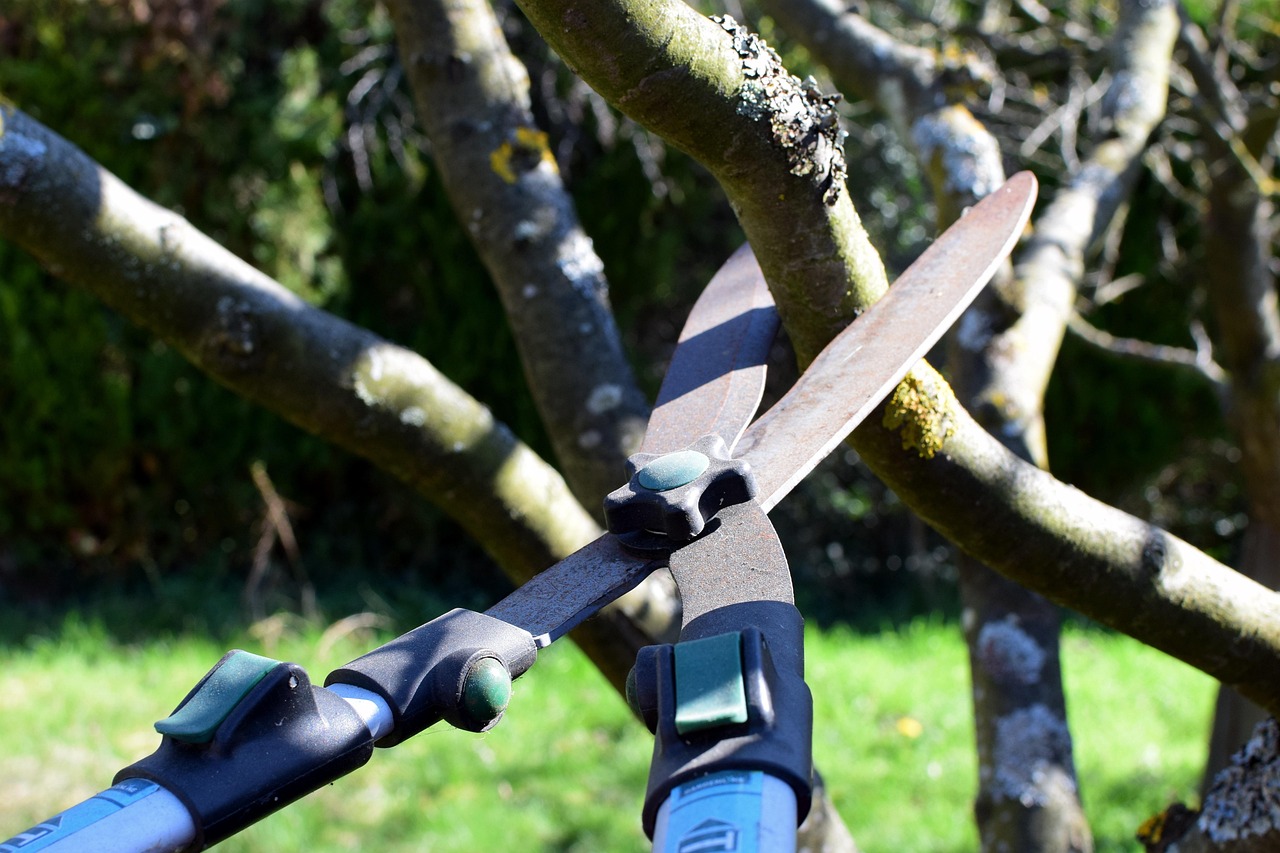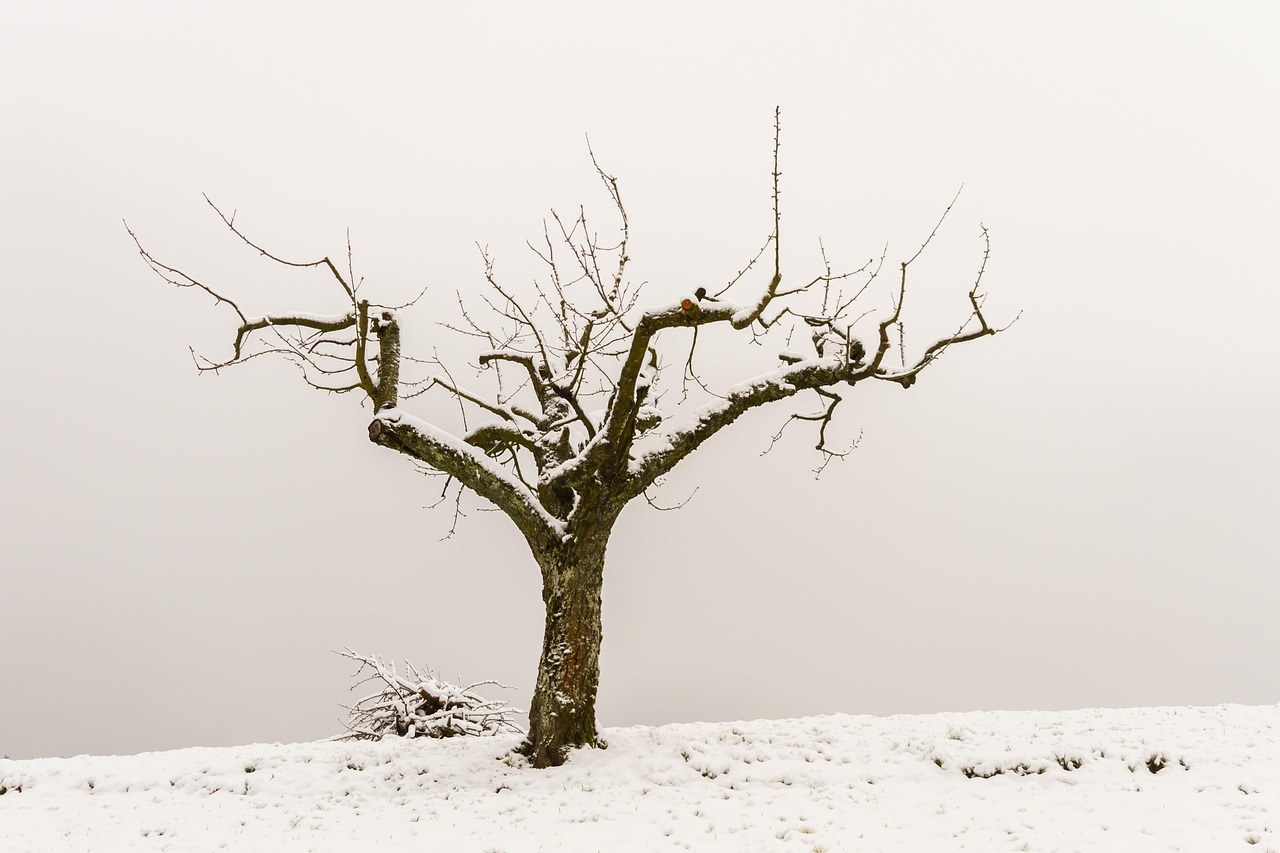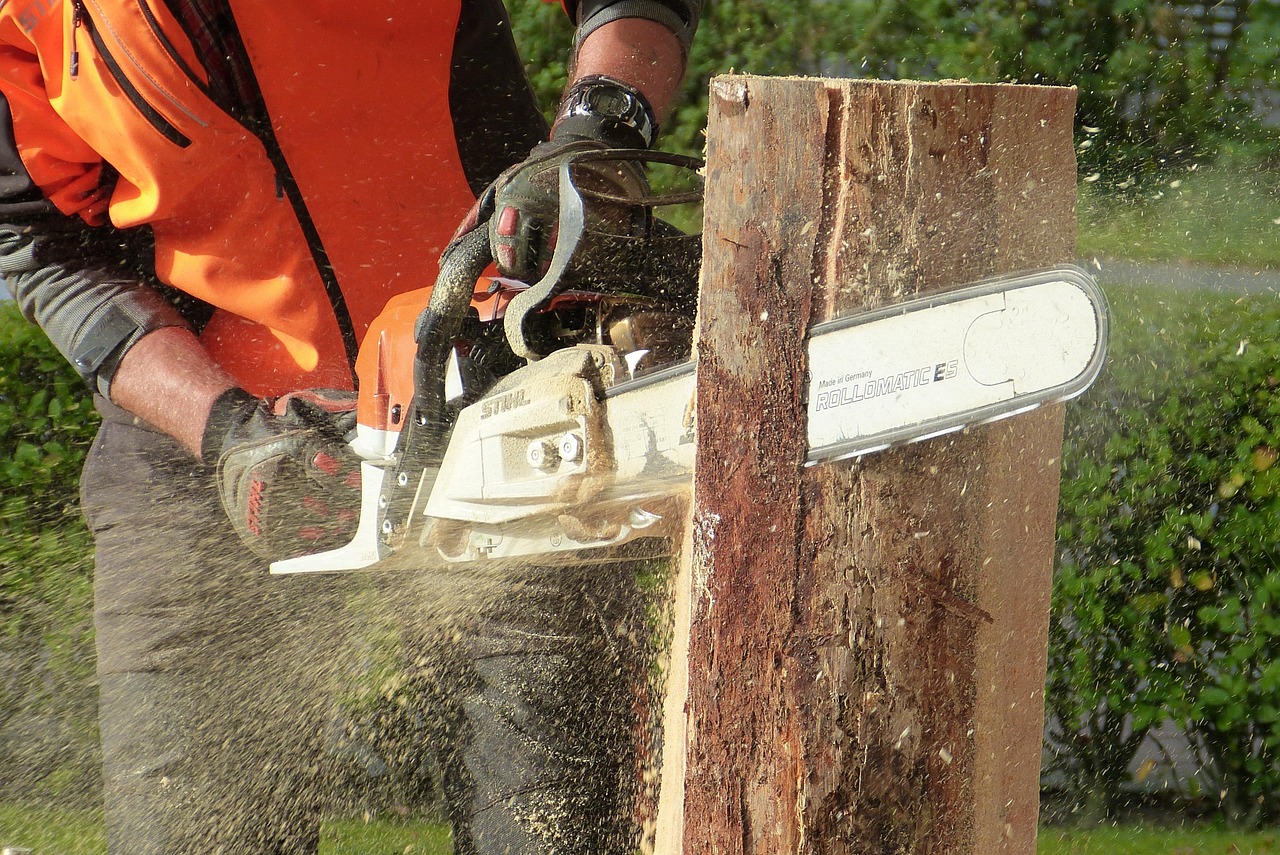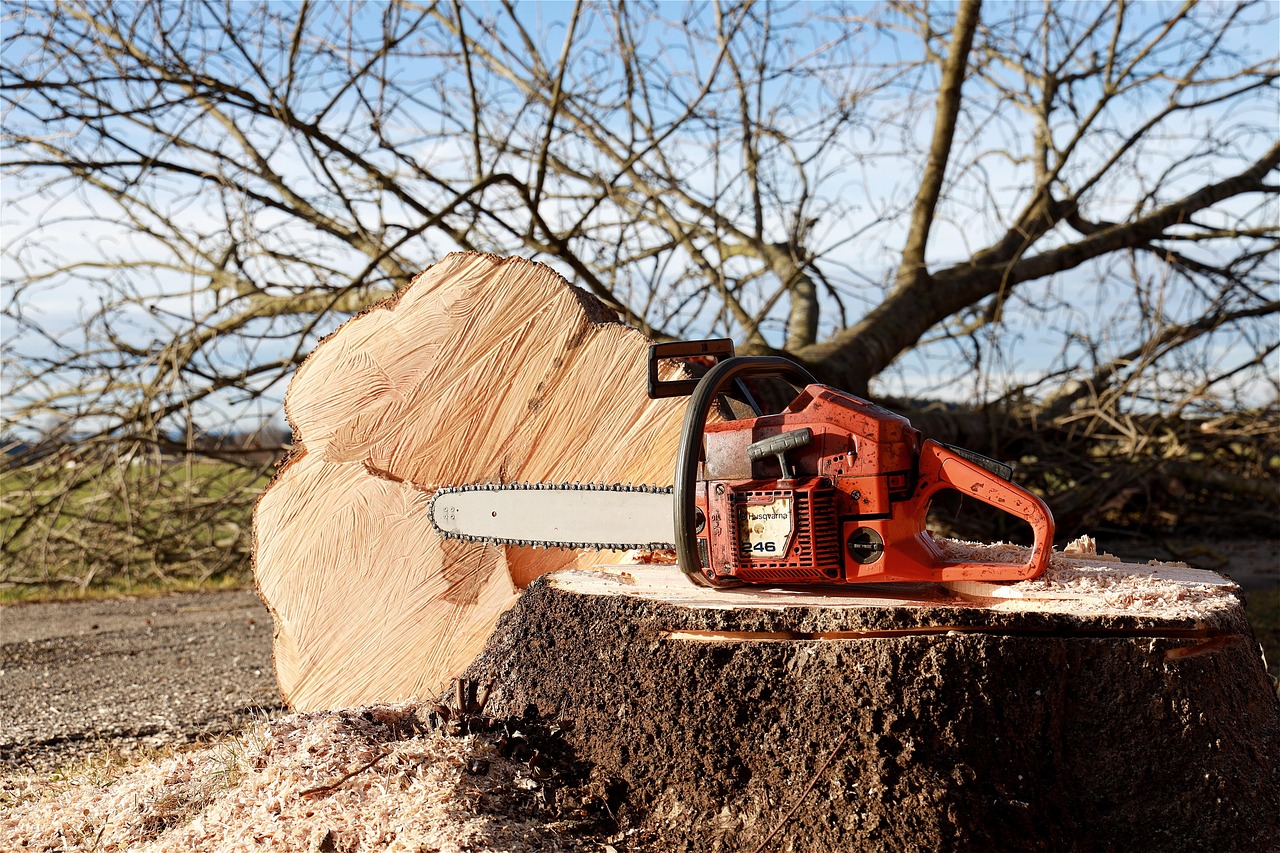Pruning indoor trees is crucial for achieving compact growth and promoting the plant’s health. By selectively trimming branches and leaves, you enhance light penetration and air circulation, preventing overcrowding and encouraging each leaf to contribute to the plant’s vigor. Learn how pruning maintains your tree’s desired shape, improving both aesthetic appeal and indoor air quality.
Indoor trees can bring a touch of nature into our homes. They improve air quality and enhance the aesthetic appeal of any space. However, without proper care, these trees can become unruly and take up more space than desired. Pruning is a crucial technique that helps maintain their size and shape while promoting healthy growth. Understanding the fundamentals of indoor tree pruning can empower you to create a thriving indoor garden.

Pruning involves more than just trimming branches. It is a practice rooted in plant care science, aiming to encourage growth in a specific direction while removing any unhealthy parts. This process is particularly important for indoor trees that may not have access to natural sunlight and air circulation as they would outdoors. By managing their growth through pruning, you can ensure that your indoor trees remain robust and visually appealing.
Understanding Indoor Tree Growth
Before diving into pruning techniques, it is essential to understand how indoor trees grow. Several factors influence their development, including light, water, nutrients, and space. Each of these elements plays a vital role in determining the health and structure of your tree.
Indoor trees typically grow towards light sources. If they do not receive adequate light, they may become leggy, with long stems and sparse foliage. This can lead to an unbalanced appearance that detracts from their beauty. Regular pruning helps counteract this by encouraging denser growth and better distribution of foliage.

The following table outlines key factors that affect indoor tree growth:
| Factor | Description |
|---|---|
| Light | Essential for photosynthesis; affects growth direction and density. |
| Water | Necessary for nutrient transport; over or under-watering can harm the plant. |
| Nutrients | Support overall health; deficiencies can lead to weak growth. |
| Space | Influences root development; overcrowded roots can stress the plant. |
Understanding these factors will inform your pruning strategy. Knowing how your indoor tree interacts with its environment allows you to make informed decisions about when and how to prune effectively.
When to Prune Indoor Trees
The timing of your pruning efforts is crucial for achieving compact growth. Generally, the best time to prune most indoor trees is during their active growing season, which is typically spring and early summer. During this period, the trees are more resilient and can recover quickly from pruning.

However, some species may have specific requirements or preferences regarding timing. It is important to research your particular tree type to determine the optimal pruning schedule. Additionally, if you notice dead or damaged branches at any time of the year, do not hesitate to prune them immediately to maintain overall health.
Basic Pruning Techniques
There are several techniques you can employ when pruning indoor trees to encourage compact growth. Here are some of the most effective methods:
- Thinning: This involves removing selective branches to improve airflow and light penetration within the tree.
- Topping: Cutting the main stem or branches to reduce height and encourage bushier growth.
- Shearing: Trimming the outer foliage to create a more uniform shape.
- Pinching: Removing the tips of young shoots to promote branching and denser foliage.
When pruning, always use clean, sharp tools to avoid damaging the tree or introducing disease. Make sure to sterilize your tools before use, especially if you are working with multiple plants.

Each of these techniques has its benefits and can be adapted based on the specific needs of your indoor tree. Understanding when and how to apply these methods will lead to healthier, more compact growth over time.
In addition to these techniques, it’s essential to monitor your indoor trees regularly. Observing their growth patterns and overall health will help you determine when further pruning is necessary. Proper care will ensure that your indoor trees thrive in their environment.
Common Indoor Tree Species and Their Pruning Needs
Different indoor tree species have unique characteristics and growth habits. Understanding the specific needs of each species is vital for effective pruning. Some trees may require more frequent pruning, while others may need less intervention. Here are a few common indoor tree species and their respective pruning requirements:
- Fiddle Leaf Fig (Ficus lyrata): This popular indoor tree benefits from regular pruning to maintain its shape. Prune in early spring to encourage new growth and remove any damaged or yellowing leaves.
- Pothos (Epipremnum aureum): Although often considered a vine, pothos can be pruned to grow more compactly. Regularly trim back long stems to promote bushier growth.
- Rubber Plant (Ficus elastica): This tree thrives with minimal pruning. Focus on removing any dead leaves or trimming for shape rather than extensive cuts.
- Dracaena: Dracaenas can become too tall if left unpruned. Trim back the top to encourage lateral growth and maintain a compact form.
- Money Tree (Pachira aquatica): Prune the branches to maintain an attractive shape. This tree does well with light pruning throughout the growing season.
Tools for Effective Pruning
Having the right tools for pruning is essential for achieving clean cuts and promoting healthy growth. Below is a list of commonly used pruning tools:
- Pruning Shears: Ideal for cutting small branches and stems. Make sure to choose sharp, high-quality shears for clean cuts.
- Hand Saw: Useful for cutting thicker branches that are too large for shears. A fine-toothed saw helps prevent damage to the tree.
- Loppers: These are long-handled tools that provide extra leverage for cutting thicker branches without much strain.
- Gloves: Wear gloves to protect your hands from sap and sharp edges while pruning.
- Disinfectant: Use a disinfectant solution or rubbing alcohol to sterilize your tools before and after use, preventing the spread of diseases.
Pruning Techniques for Specific Growth Goals
Depending on your desired outcome for your indoor tree, different pruning techniques can be employed. Here are some methods tailored for specific growth goals:
Encouraging Compact Growth
If your goal is to keep your indoor tree compact, consider these techniques:
- Pinching: Regularly pinch off the tips of new growth. This encourages branching and results in a fuller plant.
- Selective Thinning: Remove some branches selectively, focusing on those that are growing inward or crossing each other. This opens up the canopy and promotes healthy air circulation.
Shaping and Styling
If you want your indoor tree to have a specific shape or style, these techniques can help:
- Topping: Cut back the main stem to your desired height. This encourages lateral growth and creates a bushier appearance.
- Shearing: For trees that can tolerate it, light shearing of the outer foliage can create a uniform shape while maintaining overall health.
The Role of Fertilization Post-Pruning
After pruning, it is beneficial to support your indoor trees with fertilization. Pruning can stress plants, and proper nutrition helps them recover. Here are some tips on fertilization:
- Select a Balanced Fertilizer: Use a balanced fertilizer that contains equal parts nitrogen, phosphorus, and potassium (N-P-K). This supports overall growth.
- Avoid Over-Fertilizing: Fertilize your tree lightly after pruning. Too much fertilizer can lead to excessive growth, which may negate the benefits of pruning.
- Timing: Apply fertilizer a few weeks after pruning when new growth begins. This ensures that nutrients are available when the plant needs them most.
Pest and Disease Management After Pruning
Pests and diseases can become more prominent after pruning due to open wounds on the tree. To protect your indoor trees, consider these management strategies:
- Inspect Regularly: After pruning, check your plants frequently for signs of pests such as spider mites or aphids.
- Use Natural Remedies: If pests are found, consider using insecticidal soap or neem oil as organic treatment options.
- Seal Cuts if Necessary: For larger cuts, consider using pruning sealants to protect against disease entry.
Caring for your indoor trees after pruning is just as crucial as the act of pruning itself. By following these guidelines, you can ensure that your trees remain healthy and continue to thrive in your indoor environment.
Seasonal Considerations for Pruning Indoor Trees
Pruning indoor trees is not a one-time task. It requires attention to seasonal changes and the specific growth patterns of each tree species. Understanding how the seasons affect your tree can enhance your pruning strategy and overall care. Here are some key seasonal considerations:
Spring: The Optimal Pruning Season
Spring is generally the best time to prune most indoor trees. As the plants emerge from dormancy, they are more responsive to pruning. Here are some reasons why spring is ideal:
- Active Growth: Trees begin to produce new growth in spring, making them more resilient to pruning.
- Better Healing: Cuts made in spring heal faster, reducing the risk of disease.
- Encouragement of New Growth: Pruning encourages branching and fullness as the tree responds to the increased light and warmth.
Summer: Maintenance and Light Trimming
During summer, trees are in full growth mode. While extensive pruning is not recommended, light maintenance can be beneficial:
- Remove Dead or Damaged Leaves: Regularly check for and remove any dead foliage to keep the plant healthy.
- Shape and Control Growth: Light trimming can help control overly aggressive growth while still allowing the tree to thrive.
- Avoid Heavy Pruning: Avoid significant cuts during the peak growth season, as this can shock the plant.
Fall: Preparing for Dormancy
As fall approaches, indoor trees start preparing for dormancy. It is important to adjust your care accordingly:
- Minimal Pruning: Limit pruning during this time. If necessary, focus on removing any unhealthy branches to promote a strong start in spring.
- Assess Growth Patterns: Take stock of how your tree has grown throughout the year to inform your spring pruning strategy.
- Reduce Fertilization: Cut back on fertilization as trees begin to slow their growth in preparation for dormancy.
Winter: Dormancy and Care
In winter, most indoor trees enter a state of dormancy. This is a period when growth slows significantly:
- Avoid Pruning: Heavy pruning should be avoided during winter as trees are less resilient and may not recover well.
- Monitor Health: Keep an eye on the plant for signs of stress or pest infestations during the colder months.
- Provide Adequate Light: Ensure that your indoor trees receive sufficient light, as daylight hours are shorter in winter.
Common Mistakes to Avoid When Pruning Indoor Trees
Pruning can be a delicate task, and several common mistakes can hinder growth or damage your plants. Being aware of these pitfalls can help you achieve better results with your indoor tree care:
- Over-Pruning: Removing too much foliage at once can shock the plant and lead to stunted growth.
- Poor Timing: Pruning at the wrong time of year can harm your tree. Always consider seasonal changes before making cuts.
- Neglecting Tools Maintenance: Using dull or dirty tools can result in jagged cuts that expose the tree to diseases.
- Lack of Research: Not understanding the specific needs of your tree species can lead to improper care and pruning strategies.
- Ineffective Watering Post-Pruning: Failing to adjust watering practices after pruning can stress your tree. Monitor soil moisture levels closely.
The Benefits of Regular Pruning for Indoor Trees
Regular pruning not only helps maintain compact growth but also offers several benefits to indoor trees. Understanding these advantages can motivate you to incorporate a consistent pruning routine into your care plan:
- Improved Air Circulation: Pruning enhances airflow within the canopy, reducing humidity and preventing fungal diseases.
- Better Light Penetration: Thinning out dense foliage allows more light to reach lower leaves, promoting even growth throughout the tree.
- Enhanced Aesthetics: Regular pruning ensures that your indoor trees maintain a pleasing shape and size, adding beauty to your space.
- Pest and Disease Prevention: By removing damaged or diseased branches, you reduce the risk of pests and diseases spreading throughout the plant.
- Encouraged New Growth: Pruning stimulates new bud development, leading to a fuller and healthier plant over time.
By recognizing these benefits, you can appreciate the importance of regular pruning as part of your overall indoor tree care strategy. Consistent attention will support healthy growth and ensure that your indoor trees remain vibrant and lush.
Understanding the various factors that influence indoor tree health is crucial for effective pruning. Environmental conditions, such as humidity and temperature, play a significant role in how your tree responds to pruning. Maintaining an appropriate indoor climate can greatly enhance the effectiveness of your pruning efforts.
Environmental Factors Affecting Indoor Tree Health
Indoor trees thrive best in environments that mimic their natural habitats. The following environmental factors should be considered:
- Humidity: Most indoor trees prefer moderate to high humidity levels. If your home is dry, consider using a humidifier or placing a tray of water near the tree to increase humidity.
- Temperature: Maintain a consistent temperature that is suitable for your specific tree species. Avoid placing trees near drafts, heaters, or air conditioning vents.
- Light Availability: Ensure your indoor trees receive adequate light. Consider rotating them regularly to ensure even exposure to sunlight. If natural light is insufficient, think about using grow lights.
- Air Circulation: Good air circulation helps prevent disease and encourages healthy growth. Avoid overcrowding plants and ensure they have enough space to breathe.
By paying attention to these environmental factors, you can create an ideal setting for your indoor trees, complementing your pruning efforts and promoting robust growth.
Advanced Pruning Techniques for Enthusiasts
For those looking to take their indoor tree care to the next level, advanced pruning techniques can help achieve specific aesthetic goals or enhance overall health. Here are some techniques to consider:
- Bonsai Techniques: If you are interested in growing bonsai trees, learning techniques such as wiring branches can help shape and control growth over time.
- Espalier: This technique involves training a tree to grow flat against a wall or trellis. It requires careful pruning and support but can create stunning visual displays.
- Air Layering: This method encourages root growth on a branch while it is still attached to the parent plant. It is a more advanced technique but can be rewarding for propagating desired varieties.
These advanced techniques require practice and patience but can lead to beautiful and unique indoor trees that stand out in any space.
Common Questions About Indoor Tree Pruning
As you embark on your indoor tree pruning journey, you may have questions or concerns. Here are some frequently asked questions that can provide further clarity:
How often should I prune my indoor trees?
The frequency of pruning depends on the species and growth rate of your tree. Generally, light pruning can be done throughout the growing season, while more extensive pruning is best reserved for spring.
What should I do with the clippings?
After pruning, you can either compost the clippings if they are healthy or dispose of them if they show signs of disease or pest infestation.
Can I prune my indoor tree anytime?
While light maintenance can be done at any time, it’s best to avoid heavy pruning during dormancy in winter. Spring is typically the optimal time for significant pruning.
Final Thoughts
Indoor tree pruning is an essential aspect of maintaining healthy and compact growth. By understanding the specific needs of your indoor plants and implementing proper pruning techniques, you can promote vibrant and lush foliage while ensuring their overall well-being. Regularly assessing environmental conditions, employing appropriate tools, and adhering to seasonal guidelines will enhance your success as an indoor gardener.
The journey of caring for indoor trees can be rewarding and fulfilling. Not only do they beautify our living spaces, but they also contribute positively to our mental well-being. With knowledge and practice, anyone can cultivate thriving indoor trees that bring joy and tranquility into their homes.
Remember that each tree species has unique characteristics and requirements. Take the time to research and understand these needs to tailor your care approach effectively. As you continue to learn and refine your pruning skills, you will foster a flourishing indoor garden that thrives for years to come.
